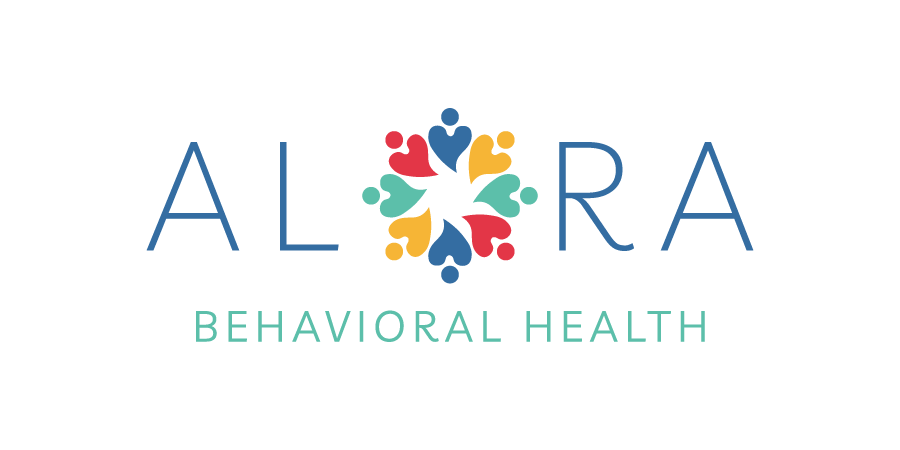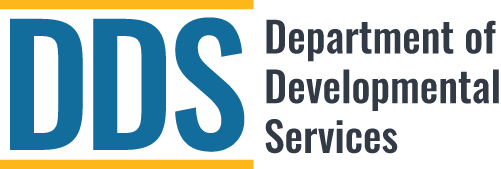ABA, or applied behavior analysis, is a scientific approach to understanding and modifying human behavior. ABA encompasses a wide range of techniques and procedures that are used to promote socially significant behaviors, such as communication, academic skills, and self-care. ABA has been shown to be an effective treatment for individuals with autism spectrum disorder and other developmental disabilities.
ABA interventions are tailored to the individual needs of each child and are based on a thorough assessment of their strengths and weaknesses. The goal of ABA is to help children acquire the skills they need to function as independently as possible in their homes, schools, and communities. ABA practitioners use a variety of techniques to teach new skills and to change problem behavior. These techniques include positive reinforcement, shaping, and modeling. ABA interventions are delivered in a variety of settings, including homes, schools, clinics, and community-based programs.
ABA is a research-based approach to behavior change that has been shown to be effective for individuals with autism spectrum disorder and other developmental disabilities. ABA can help individuals with ASD in a number of ways. Some of the benefits of ABA include:
- Improving communication and social skills
- Reducing problem behaviors
- Teaching new skills
- increasing self-esteem and confidence
- improving quality of life for the individual and their family members
If you are considering ABA for your child, be sure to find a qualified practitioner who can tailor the intervention to meet your child’s individual needs.


